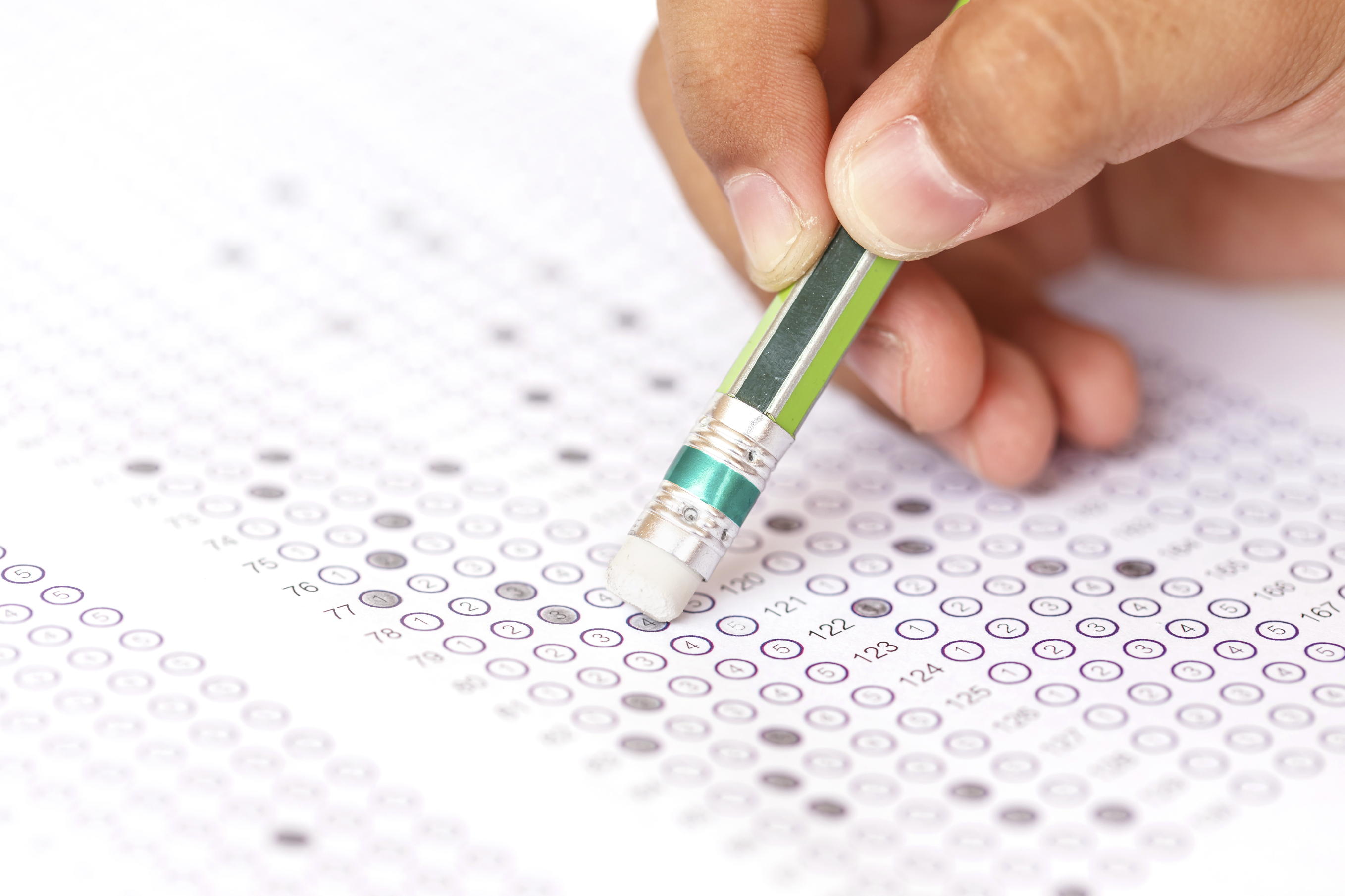This time of year, millions of high school students around the country are anxiously waiting to learn whether they will be accepted into the college or university of their choice.
For many, high school grades and standardized test scores will be the initial benchmarks that decide their fate. But UConn professor of educational psychology James C. Kaufman says traditional college admission practices are capturing only part of a student’s overall potential.
In a recent study with colleague Jean Pretz of Elizabethtown College, Kaufman argues that adding broader assessments of creativity to the college admissions process could help institutions of higher learning increase student diversity and enroll the kind of daring, imaginative thinkers many are searching for in today’s rapidly changing, technology-driven world.
If higher education … seek[s] to develop critical and creative thinkers who can adapt to and innovate in a rapidly changing society, we must identify and develop creativity among our students. — James C. Kaufman & Jean Pretz
“We’re not saying that the SATs or GREs should be thrown out. That’s not going to happen,” Kaufman explains. “What we’re suggesting is creativity assessments would be great for admissions, not as a replacement for standardized tests, but as an addition to them. We’re hoping this study and others like it will show that the SATs can predict only a certain amount of information and if we add creativity, we’ll know more.”
The pair pulled data on more than 600 college applicants to a small liberal arts college in the Mid-Atlantic region and compared that information to the applicants’ performance on a series of online tests assessing various forms of creativity. The application data included SAT scores, class rank, and college admission interview scores.
Their results showed that traditional admission criteria were only weakly related to creativity, and were failing in large part to adequately recognize such non-cognitive traits as artistic creativity, intellectual curiosity, adaptability, and perseverance.
The findings are especially important now, Kaufman says, because of the focus many colleges and universities are placing on innovation and student learning in science, technology, engineering, and math, otherwise known as the STEM fields.
“If higher education faculty and administrators seek to develop critical and creative thinkers who can adapt to and innovate in a rapidly changing society, we must identify and develop creativity among our students,” Pretz and Kaufman wrote in the study’s conclusions. The study appears in the September 2015 issue of The Journal of Creative Behavior.
Creativity assessments are also more likely to be gender and ethnically neutral, Kaufman says, thereby avoiding the potential for bias that has been a concern on some standardized tests. Studies have shown that the most widely used standardized performance tests for college admission, the SAT, is a better predictor of college success for White students than African American, Hispanic American, and Asian American students, Kaufman says.
“If you look at creativity measures, those differences aren’t there,” says Kaufman, an internationally recognized leader in the field of creativity who has written more than 35 books on the subject. “Everyone has some capacity for creativity.”
Kaufman and Pretz acknowledge that standardized tests like the SAT have proven success in predicting college grades. The tests also, to some degree, capture academic creativity as it applies in such areas as written essays or science and math problem solving.
Many selective colleges rely on the results of personal interviews, application essays, and letters of recommendation to obtain a more holistic assessment of students, including their potential creativity. But Kaufman argues that those elements are still limiting for some students, especially those who fail to clear initial hurdles regarding their grades and test scores.
“Letters and statements are way behind test scores and GPA in terms of what matters,” he says. “And there have been a number of studies that have shown that individuals who conduct interviews, such as administrators and supervisors, are not quite as good at gleaning information from those interviews as they think they are.”
In their analysis, Kaufman and Pretz assessed different aspects of student creativity by asking them to perform a series of tests. One question asked students how they would use a $1 million donation to their college or university. Another asked them to write a caption to an ambiguous photograph. A third asked them to write an essay about a dream project in their field of study. Participants also had to complete a personal questionnaire that sought to gauge their creativity.
Kaufman concedes that the study’s reliance on self-reporting in the questionnaire is a caveat that must be considered when drawing conclusions from the results. Both he and Pretz plan to continue gathering data from the students over the course of their college careers to assess the accuracy and effectiveness of their testing.
For now, he believes that broadening the college application process to include more aspects of creativity deserves further consideration. To those who counter that testing for creativity is labor-intensive and time-consuming, Kaufman says valid tests now exist that score for creativity quickly and accurately.
“Anytime you have more information of any kind, you are going to be more accurate about figuring out the best kids to admit, and with creativity you are going to identify kids who maybe wouldn’t have stood out otherwise,” he says. “We also know from our research that if these kinds of additional traits are considered, there is a better chance you will have a more diverse group than you would have if you just considered an SAT score.”



